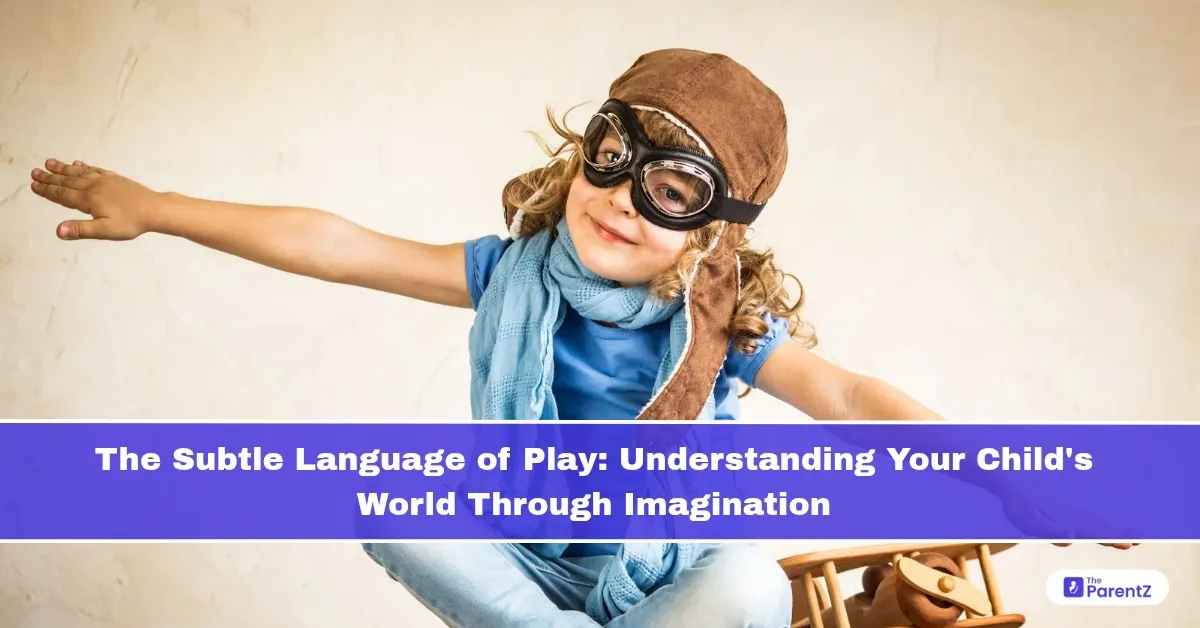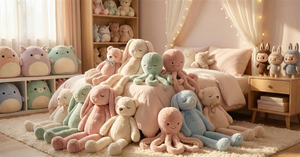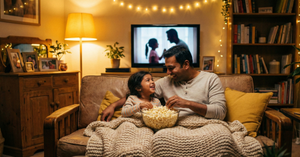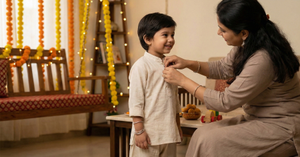Introduction
To an adult, play can often look like randomness—stuffed animals talking to each other, superheroes flying off beds, or endless pretend tea parties. But for a child, play is not just fun—it’s communication, processing, healing, and learning. It's how they make sense of a world they’re still learning to understand. And if you pay close attention, you’ll realize your child is speaking a language—one that doesn’t always use words.
Why Play is More Than Play
A child’s brain is constantly wiring new pathways. Through play, they practice roles, test ideas, confront fears, and experiment with boundaries. In fact, play is often a window into their inner world.
- A child pretending to be a doctor may be expressing curiosity—or managing anxiety about a recent visit.
- A superhero fantasy may reflect a desire to feel powerful in a world that sometimes overwhelms them.
- Repeated “rescue” scenarios with toys could be a quiet reenactment of trauma or stress.
Play is not random. It’s a structured emotional exploration.
What Your Child is Really Saying
Children don’t always say, “I’m scared,” or “I feel left out.” Instead, they might:
- Make a toy ‘accidentally’ fall and break.
- Insist that their teddy bear was bullied.
- Say, “No one likes me,” while arranging dolls apart from each other.
If you listen closely—not with correction, but with curiosity—you’ll hear the real message.
You don’t need to analyze their every move like a therapist. Just observe gently:
- What story is being repeated?
- Who’s the hero?
- Who’s the villain?
- Who gets rescued?
Often, these patterns mirror the child’s current social-emotional landscape.
The Parent’s Role: Witness, Don’t Direct
It’s tempting to correct or guide the play: “No, the tiger can’t fly!” or “Let the doll be nice.” But doing so might shut down the emotional story trying to unfold.
Instead:
- Sit nearby and say, “Tell me more about what’s happening here.”
- Echo their play back to them: “Wow, the bear is really angry today.”
- Ask open-ended questions: “What will happen next?”
Your job isn’t to control the story—it’s to make them feel seen while they tell it.
When Imagination Reflects Real Struggles
Sometimes, play gets darker—violence, death, or fear may appear. This doesn’t always mean something is wrong. But if such themes are persistent or involve real-world parallels (like consistent fear of abandonment), it might be worth gently checking in:
- “Do you ever feel like that bear—like people don’t listen to you?”
- “Is something at school making you feel scared like that dragon?”
Don’t jump to conclusions. Let the story unfold before stepping in.
The Healing Power of Play
Play is also a child’s way of rehearsing for resilience. When a tower of blocks falls, and they rebuild it—again and again—they’re practicing perseverance. When a doll gets hurt and is cared for, they’re building empathy. When they lose a pretend race but smile and say, “Next time!”—they’re learning to lose with grace.
These small, invisible lessons become the foundation of emotional intelligence.
Letting Them Lead—Even When It’s Boring
Parents often admit they find play dull. And that’s okay—it is repetitive, messy, and unpredictable. But joining in once in a while (on their terms) tells the child: your world matters to me.
You don’t need to play for hours. Just five undistracted minutes of sitting at their level, following their lead, and sharing their reality builds deep trust.
Digital Play vs. Imaginative Play
Today’s children are surrounded by screens, and while digital games can have value, they don’t replace the rich emotional processing that free imaginative play provides.
Let your child be bored sometimes. Let them create. That boredom is often the birthplace of their most meaningful internal work.
Conclusion
Play is not a distraction from learning—it is learning. It’s not the opposite of seriousness—it’s the foundation of emotional growth. When parents learn to read the language of play, they unlock not only their child’s imagination—but their fears, hopes, identity, and heart.
So next time your child invites you into a pretend world—step in. That world may be made of cardboard and crayons, but the emotions behind it are very real.








Be the first one to comment on this story.